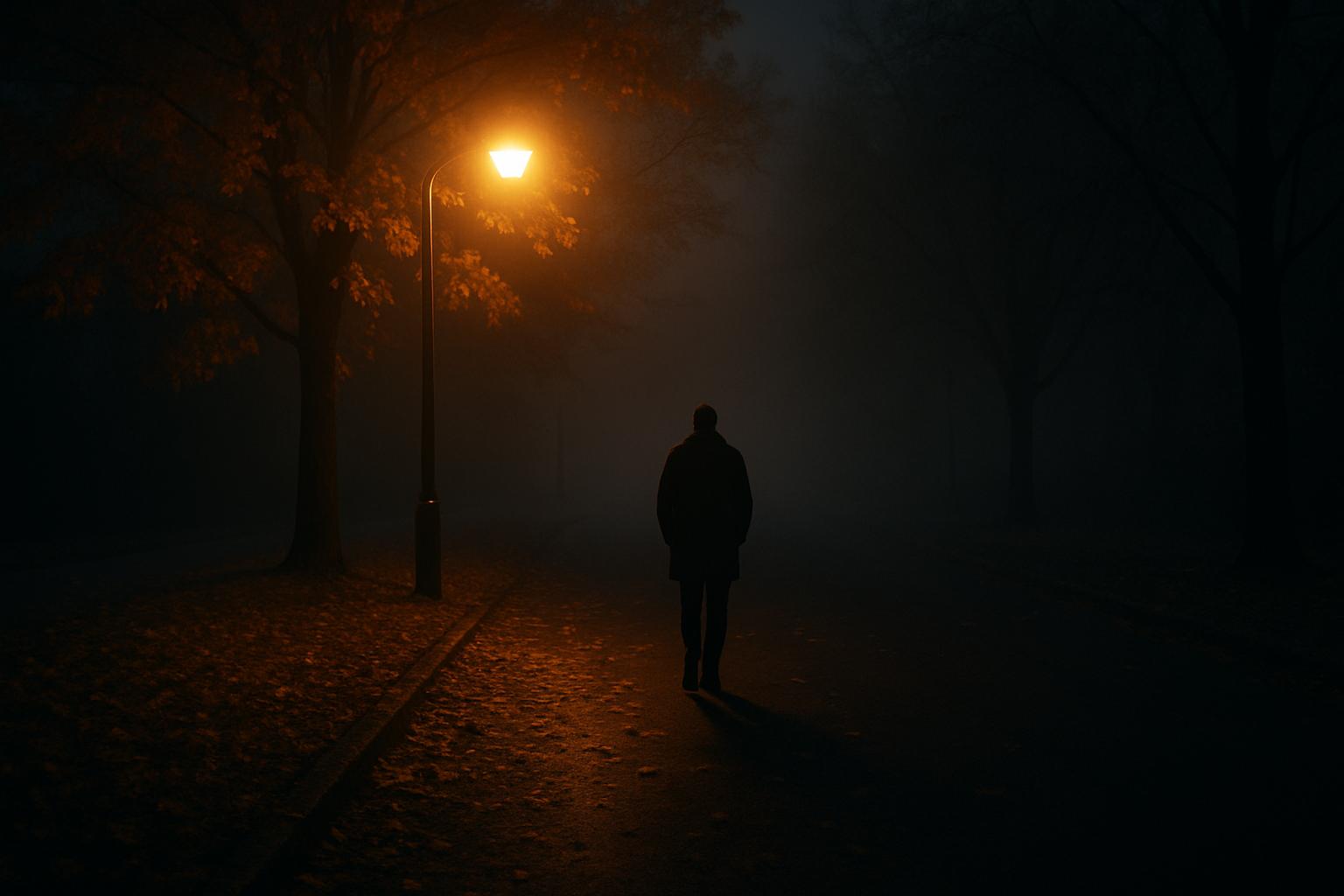As autumn deepens across the UK, a familiar transition will occur in the early hours of Sunday, October 26, 2025: British clocks will be set back one hour, marking the end of British Summer Time (BST) and a return to Greenwich Mean Time (GMT). This annual ritual, scheduled for 2am, signals shorter daylight hours and the onset of darker evenings, but it also gifts residents an extra hour of sleep.
The practice of changing clocks has a long history, dating back to the early 20th century. According to experts at the Royal Museums Greenwich, daylight saving time was introduced as a way to maximise the use of longer daylight hours during the spring and summer months in the northern hemisphere. A notable campaign during this period, led by William Willett, successfully advocated for shifting the clocks forward to make better use of morning hours and reduce wasted daylight. The system was officially implemented in the UK in 1916, during the First World War, as an energy-saving measure.
Proponents of daylight saving argue that it helps to cut energy consumption, encourages outdoor activities, and can reduce road traffic accidents by providing more daylight in the evenings when people are more likely to be active. However, the adjustment is not without controversy. Some people highlight the safety concerns related to darker mornings and the potential disruptions for those whose work or lifestyle is impacted by the change.
The debate about the benefits and downsides of daylight saving time remains ongoing and often depends on individual circumstances, such as geographic location, occupation, and daily routines. While the clocks remain on GMT from this October until March 29, 2026, when they will spring forward again at 1am to recommence BST, the discussion about whether to maintain this system or abolish it entirely continues in various circles.
Residents can expect their internet-connected devices, including smartphones and computers, to adjust automatically to the time change. For those who prefer to stay informed manually, the UK government provides an official schedule of clock changes, with detailed information available on their website.
As the clocks turn back, drivers are also reminded to be cautious as earlier darkness can affect visibility and road safety. Authorities often advise adjusting driving habits during this period to accommodate the changing light conditions.
The clock change, while simple in its execution, remains a significant cultural and practical marker of the seasons in the UK, connecting modern life to a century-old tradition aimed at aligning human activity with the natural rhythm of daylight.
📌 Reference Map:
- Paragraph 1 – [1] (Nottingham Post), [2] (Gov.uk)
- Paragraph 2 – [3] (The Standard), [7] (Countryfile)
- Paragraph 3 – [1] (Nottingham Post), [7] (Countryfile)
- Paragraph 4 – [1] (Nottingham Post), [5] (Time Out London)
- Paragraph 5 – [1] (Nottingham Post), [2] (Gov.uk)
- Paragraph 6 – [6] (RAC Drive), [1] (Nottingham Post)
- Paragraph 7 – [1] (Nottingham Post), [4] (The Independent)
Source: Noah Wire Services
